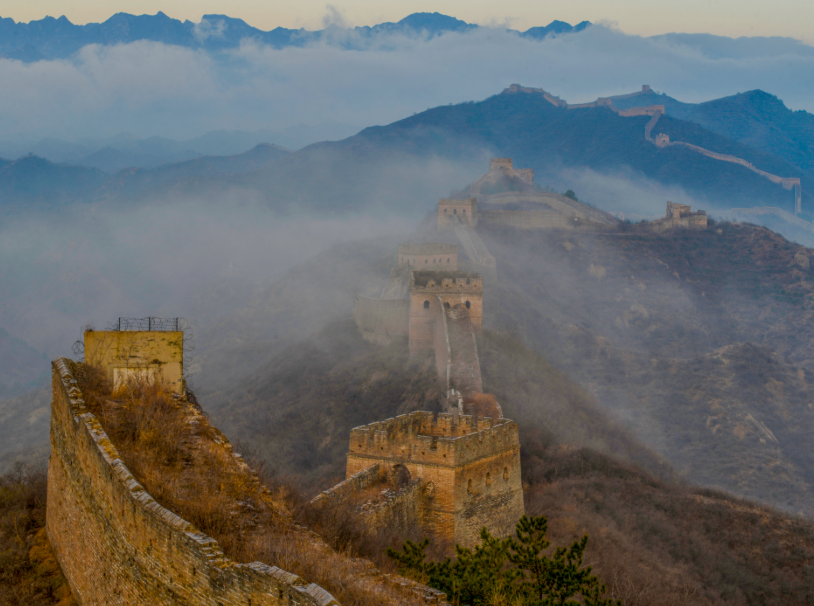What Impact Did the Construction of the Ancient Great Wall Have on the Local Ecological Environment?
The construction of the ancient Great Wall had a profound and multi - faceted impact on the local ecological environment. On one hand, the large - scale extraction of building materials like stones and wood led to deforestation in certain areas. Forests were cleared to provide timber for scaffolding, gates, and other wooden components of the wall. This reduction in tree cover could have led to soil erosion, changes in local microclimates, and a decline in wildlife habitats. Additionally, the construction process involved the mobilization of a vast workforce. Their presence led to increased human activities, such as farming for food supply and the building of temporary settlements. This further disrupted the natural ecosystem, with more land being converted for agricultural use and waste disposal becoming an issue. However, over time, as the Great Wall became a fixed structure, it also had some positive ecological effects. It acted as a physical barrier that could protect certain areas from overgrazing by livestock, and in some cases, the wall and its surrounding areas became a refuge for some plant and animal species that adapted to the unique environment it created.

Related News
- Are There Ancient Battlefield Sites Along the Great Wall? 01-13
- What Roles Does Modern Technology Play in the Protection of the Great Wall? 01-13
- What Is the Distance Between the Beacon Towers on the Great Wall? 01-13
- Are There Any Hidden Mechanisms in the Architecture of the Great Wall? 01-12
- How Many Times Has the Great Wall Been Breached in History? 01-12
- Were Animal Laborers Used in the Construction of the Great Wall? 01-12
- How Wide is the Horse Road on the Great Wall? 01-11
- Where Did the Funds for the Restoration of the Ancient Great Wall Come From? 01-11
- Are There Any Hot Spring Resources Near the Great Wall? 01-11
- Are There Differences in Ticket Prices for Different Sections of the Great Wall? 01-10
